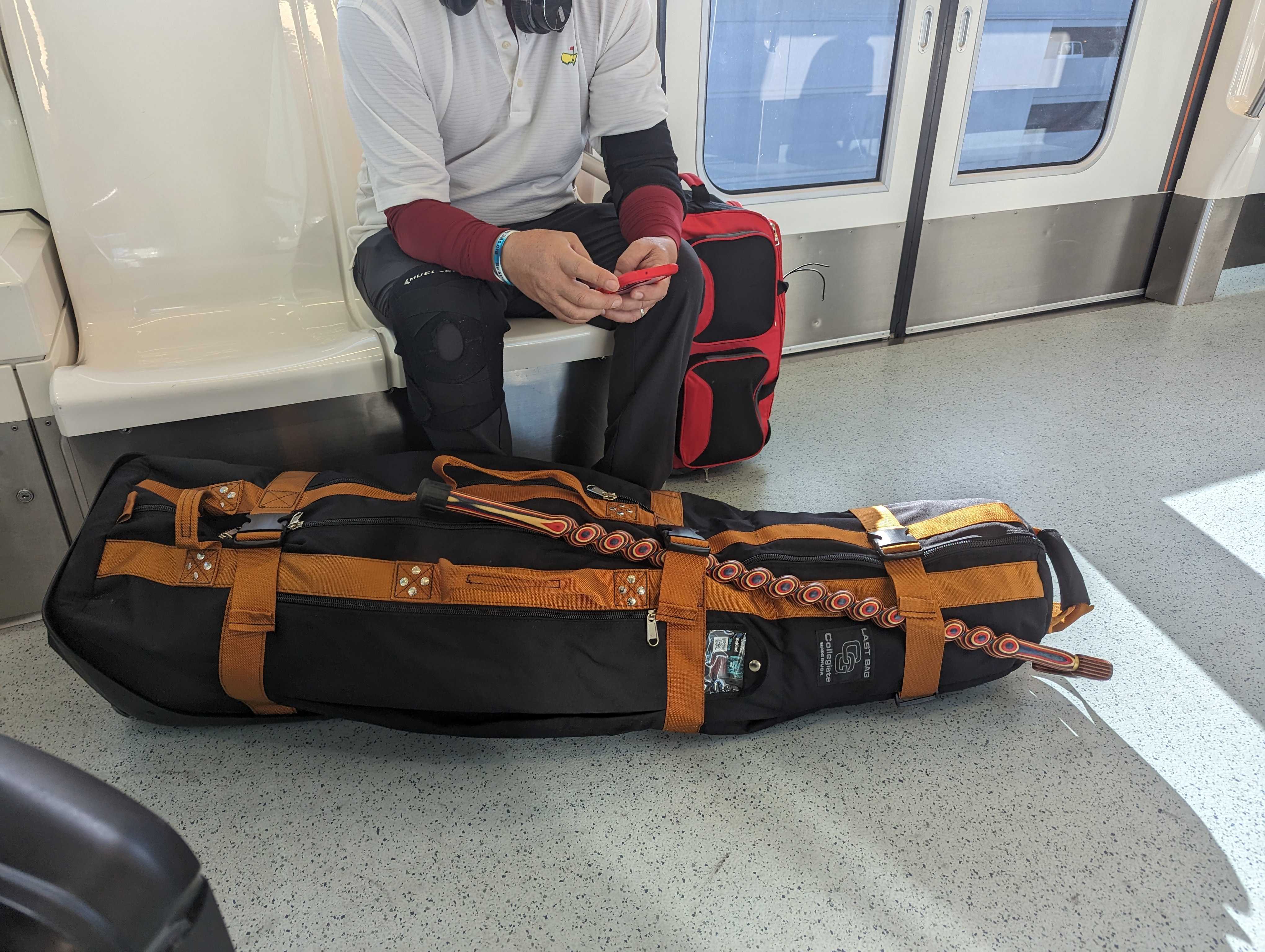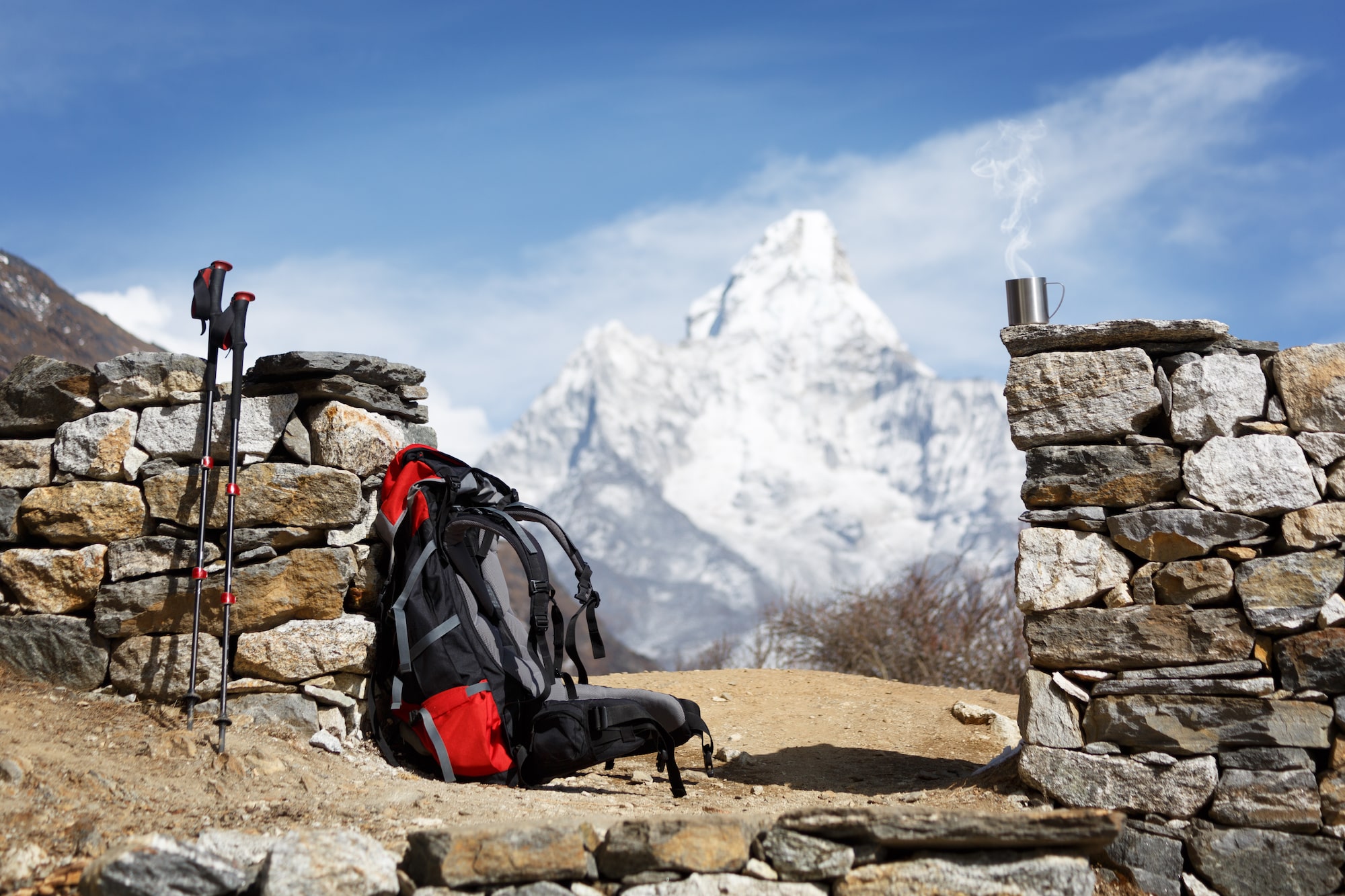Navigating the Skies with Hiking Sticks
Have you ever dreamed of trekking through rugged terrains, only to find yourself wondering whether your trusty hiking sticks can join you on your next flight? If so, you’re not alone because traveling with hiking gear can involve more than just strapping on a backpack.

When it comes to flying with hiking sticks, airline policies and travel regulations play the pivotal role in determining their air travel fate. Typically, airlines classify items like hiking sticks as ‘sporting equipment’ or ‘special items.’ Here’s what you need to understand:
Checking Them In: Most airlines allow you to check in hiking sticks as part of your luggage allowance. However, there are some important considerations here. Airlines might request that you place the sticks inside your checked bag or pack them in a protective case to prevent damage to baggage handling systems. Airlines like Delta and American Airlines allow this but require that the combined weight of your baggage does not exceed weight limits. If hiking sticks add extra weight or volume, you might face additional fees.
Gate Checking: If the sticks aren’t too unwieldy, consider gate checking them. Upon arriving at the gate, you can ask the airline staff if you can gate check your sticks. This way, they will be loaded into the cargo hold just before departure, reducing concerns about damage during flight transfer. Airlines like United Airlines and Southwest often permit this if previously arranged.
Carrying Them Onboard: Here’s where things get tricky. The TSA (Transportation Security Administration) has guidelines about carry-ons and security concerns. While you cannot board a plane with pointed and bladed equipment like climbing picks or ice axes, it’s more feasible with rounded tips, making hiking sticks potentially carry-on candidates. However, make sure they fit in the overhead bin or under the seat, as space and regulations vary between airlines. Airlines such as JetBlue might allow this on a case-by-case basis, giving you flexibility in your travel.
Packing Tips: To secure your hiking sticks when checking them in, ensure they are cushioned with clothing or padding inside your luggage. Using a hardy protective case designed for equipment like this adds an extra layer of security. Poly mailer wrapping or foam tubing can also be used for added protection.
Alternative Considerations: Should you find yourself in a dilemma where carrying your sticks on the plane isn’t practical, consider an alternative. Pack lightweight hiking sticks that can be easily disassembled or opting for a sturdy umbrella to serve as a makeshift pole can navigate this aviation challenge.
Securing your hiking sticks for air travel generally requires preparation and communication with your airline. Contacting them in advance to understand their policies can vastly enhance your travel experience. Additionally, checking with the airline’s website for updates or restrictions can keep you informed, rather than waiting until the last minute.
By adhering to these guidelines, you’ll ensure your hiking sticks make their way from the mountain trails to the plane, setting you up for an adventure not derailed by travel logistics. Remember, patience and planning can make all the difference in allowing you to take flight with your hiking sticks, onto adventures high and low, in style and safety.




